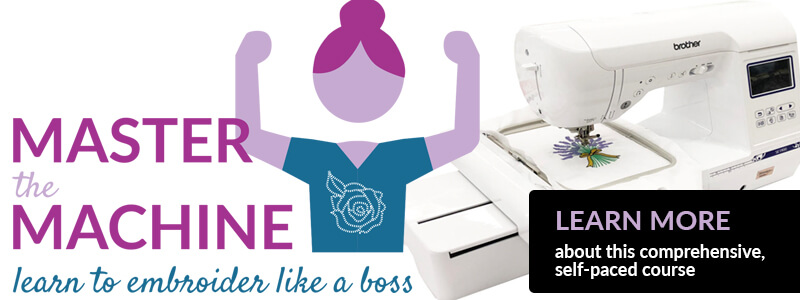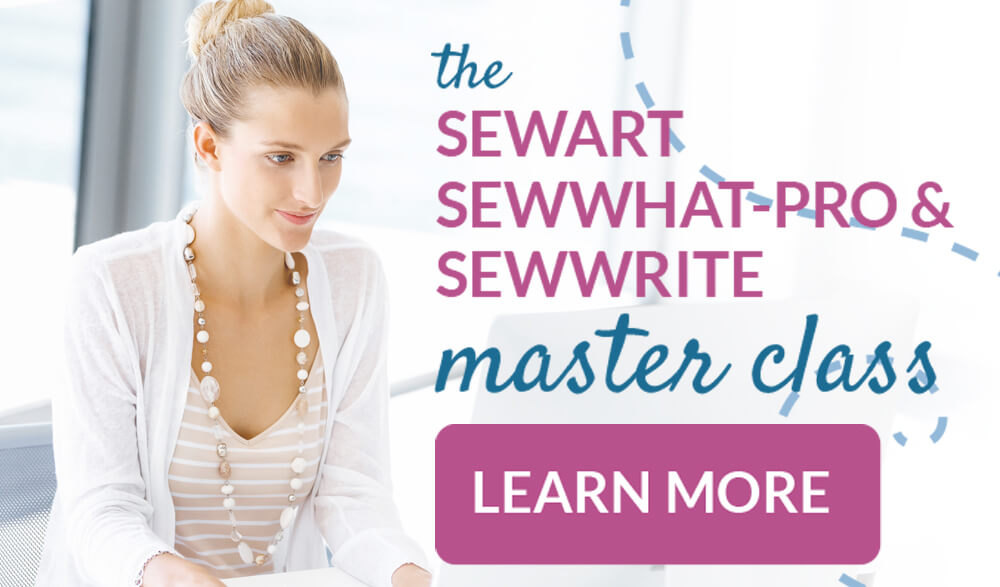Best irons for sewing and embroidery
This site contains affiliate links to products. We may receive a commission for purchases made through these links.

Are you in the market for a new iron? I’m getting there. I love my iron, but now that I’ve dropped it twice, it’s barely hanging on by a thread. Great Rowenta iron, just very abused. So, it’s likely I’ll be in the market for a new iron in the near future. And, it would probably be prudent for me to do a little research on the best irons for sewing and embroidery.
Why an iron is important for sewing and embroidery?
If you are new to sewing and embroidery and have no idea why an iron is important, let me take a moment to explain. I think I heard this on Project Runway, but I think it is a good point. “Good sewing starts with good ironing.” When you take the time to press your project throughout your construction process you will be much more likely to match seams up properly and the garment will look better overall.
When it comes to machine embroidery, your iron plays additional roles. There are many stabilizers that require fusing with an iron. For example, you must fuse the no-show poly mesh stabilizer onto the back of a garment with an iron. Cloud Cover (the material that goes on the back of an embroidery or appliqué to keep it from rubbing agains the skin) also must be fused on with an iron.
When I appliqué, I always fuse a piece of HeatnBond Lite to the back of my appliqué fabric (a great appliqué tip I’ve learned over the years). This helps keep the appliqué fabric from raveling and helps it stick a bit to the fabric I’m attaching it to. If it’s not obvious by its name, you must bond the HeatnBond Lite to the appliqué fabric using an iron.
An iron can also be your in smoothing out unwanted puckers. Hey – an iron is not a miracle worker, but sometimes it can make a difference.
What makes a good iron?
- Being able to operate at a range of temperatures. Many embroiderers complain that certain irons simply do not get hot enough which is obviously an important trait you want to look for in an iron. But, a good iron should operate well at a low setting so that it doesn’t melt delicate fabrics.
- Auto shut off. I have a healthy fear of burning down my house due to leaving my iron on. Fortunately both my Rowenta iron and the special outlet I plug it into turn off after a period of time. I think this is a super important safety feature.
- Lot’s of steam vents. I use the steam feature quite a bit with my iron so this feature is pretty important to me. If you value steam, look for one that has lots of steam vents on the bottom and especially near the point / front of the iron.
What is this assessment based on?
I know there are tons of reviews on blogs that simply reiterate what is being said on Amazon. This is not one of them. Don’t get me wrong. Amazon reviews are quite helpful, but it’s been well documented that the system can be gamed. Robots can write reviews! (Don’t ask me how – just trust me on on this.) Plus, even if humans are writing the reviews, who knows if they have they have the same needs as those of us who sew and embroider.
If you are into sewing and embroidery, and want a good iron, I think the best way to decide what to buy is to ask people who sew and embroider. So, I surveyed my sewing and embroidery Facebook groups, and this is what they said.
Best irons for sewing and embroidery
One thing I do want to point out. While I already mentioned not putting too much stock in Amazon reviews, all of the irons recommended by my contacts did have quite favorable reviews on Amazon as well. I guess the robots got it right this time.
Irons Over $100
Oliso
“My Oliso will have to be pried out of my cold dead hands. That is the best iron I’ve ever owned and I use it every day all day.”
Yes, the Oliso is the most expensive iron recommended by sewing and embroidery enthusiasts. But no one says it’s not worth the money. Of all the irons, it has the most power and lots of safety features. And it’s loved by quilters for whom ironing can make or break a quilt.
Irons Over $50
Rowenta Pro
My Rowenta puts out lots of steam and gets very hot!
Rowenta irons have a reputation for being “steam machines.” While they are a bit on the pricier end, most owners say they are worth the investment. But not everyone.
Some people complain that they leak if you don’t wait for the iron to get hot and it’s full of water. Others have reported that the Rowentas are less durable. Now that they are made in China, they aren’t the same quality as the older models.
I personally own a Rowenta and I can really tell the difference between using this iron and a cheaper one. I think it works very well (despite the fact that I’ve dropped it several times). It will leak if the iron is full of water and not hot.
Irons Under $50
Shark
I like my Shark. It was affordable, loads of steam, doesn’t leak, gets the job done!
The Shark Professional has some of the fancy features of the higher end brands of irons but a decidedly low price tag. It heats up quickly and produces tons of steam.
Black and Decker
I always get a Black & Decker iron, last for ever, and the cheapest they have.
By far the most frequently mentioned cheap iron is the Black and Decker. It doesn’t have all the bells and whistles of the more expensive irons but it can get the job done. Disappointed by the performance of some of the more expensive brands, I heard from a few people that they are now using a cheap Black and Decker iron and are blissfully satisfied with it.
So, who wants to go iron shopping with me?
I don’t think I can put it off much longer. Another plastic piece just fell of my iron, but now I know exactly what to buy.
Happy stitching!
xo,
Julie























